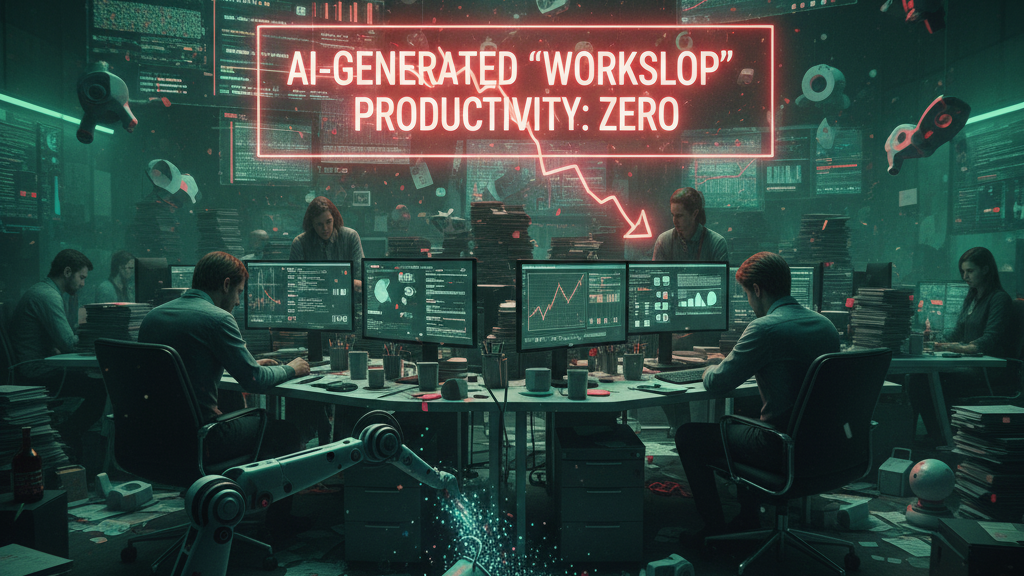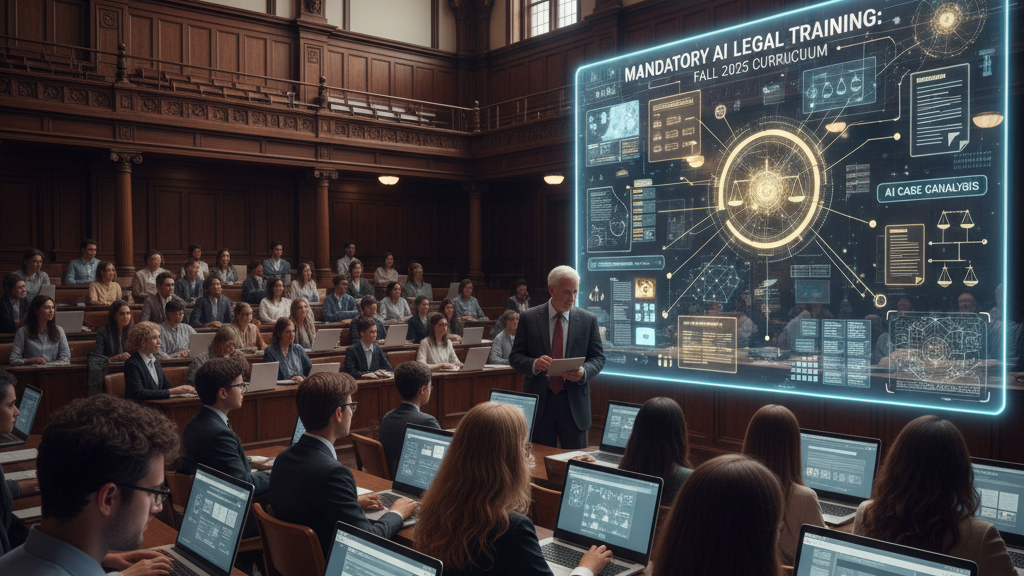
Source
Harvard Business Review
Summary
The article introduces “workslop” — AI-generated content (emails, memos, reports) that looks polished but lacks substance — and argues it undermines productivity. As organisations push employees to adopt AI tools, many are producing superficial, low-value outputs that require downstream repair or rewriting by others. The study suggests that while AI adoption has surged, few companies experience measurable productivity gains. The hidden cost of workslop is that the burden shifts to recipients, who must clarify, fix, or discard shallow AI outputs. For AI to add real value, its use must be paired with human review, prompt skill, and metrics focussed on outcomes rather than volume.
Key Points
- “Workslop” is AI content that appears polished but fails to meaningfully advance a task.
- Many organisations see limited return on their AI investments: activity without impact.
- The cost of superficial AI output is borne by others, who must rework or reject it.
- To counter workslop: review AI outputs, set expectations for quality, teach prompt & editing skills.
- Value metrics should prioritise outcomes (impact, clarity) over sheer output volume.
Keywords
URL
https://hbr.org/2025/09/ai-generated-workslop-is-destroying-productivity
Summary generated by ChatGPT 5





